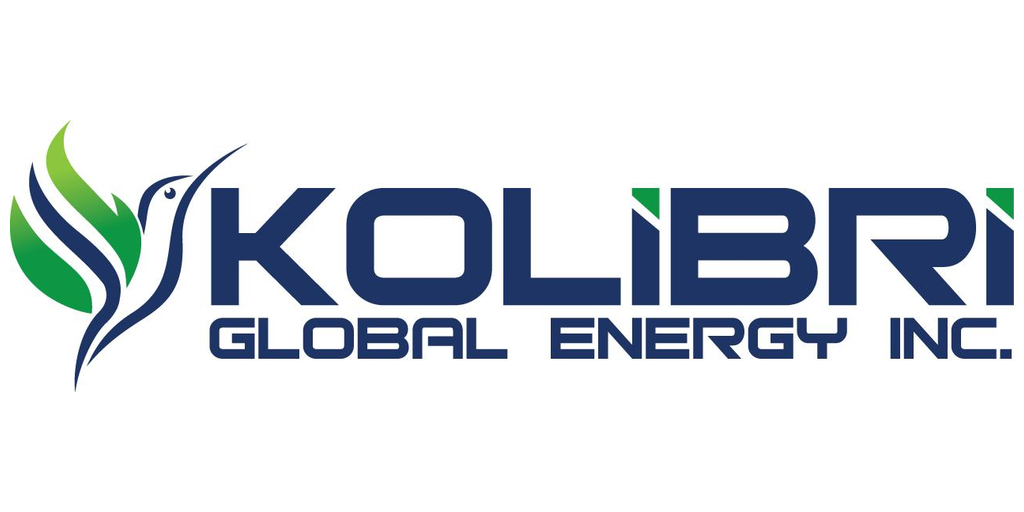OPEC’s petroleum export revenues climbed to the highest in a almost a decade last year, as Russia’s war on Ukraine bolstered crude prices and key members ramped up production.
The 13 nations of the Organization of Petroleum Exporting Countries earned $873.6 billion in 2022, up 54% from the prior year, according to a report from the group’s secretariat on Tuesday. It was their best year since 2014, when the US shale boom ended a period of historically high oil prices.
Crude soared last year as energy flows from Russia, which joined with the cartel in 2016 in a wider network known as OPEC+, were disrupted by international backlash against its military aggression. Brent futures averaged about $99 a barrel, the highest since 2014.
Meanwhile, OPEC nations such as Saudi Arabia and the UAE opened the taps to satisfy the post-pandemic recovery in fuel demand. The combination of surging prices and increased output pushed up earnings for the entire group.
The basket of crude grades typically sold by OPEC nations averaged just over $100 a barrel in 2022, while Bloomberg estimates show that crude production from its 13 states was roughly 29.2 million barrels a day. The figures for petroleum revenue also include sales of refined products.
OPEC’s earnings peaked at roughly $1.2 trillion in 2012, just as the use of hydraulic fracturing — also known as fracking — was unlocking a gusher of shale-oil in American states from Texas to North Dakota. The ensuing market crash spurred the Saudis and Russia, once fierce rivals, to form the OPEC+ coalition in 2016.
Revenue comparisons between then and now are complicated slightly by changes in OPEC’s membership. Countries including Qatar and Ecuador have quit the group while others such as Equatorial Guinea and Gabon have joined.
This year, OPEC+ is once again engaged in production cuts to prop up crude markets, as China’s economic recovery disappoints and tightening interest rates in the US and elsewhere stir fears of a recession. Last week, the Saudis announced they would prolong an extra 1 million barrel—a-day cutback into August, and Russia made a new pledge to pare exports.
Yet the measures are struggling to support the market as the economic outlook frays and supplies exceed expectations from OPEC+ members such as Iran, Venezuela and — despite its repeated promises of restraint — Russia. Brent remains under $80 a barrel, far below the levels the kingdom apparently needs to cover government spending.
Share This:






